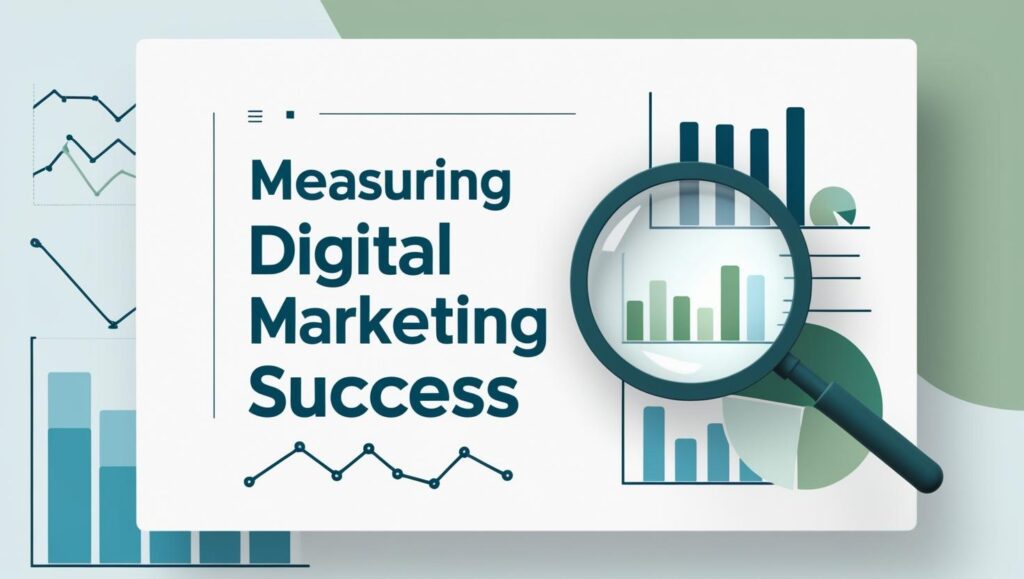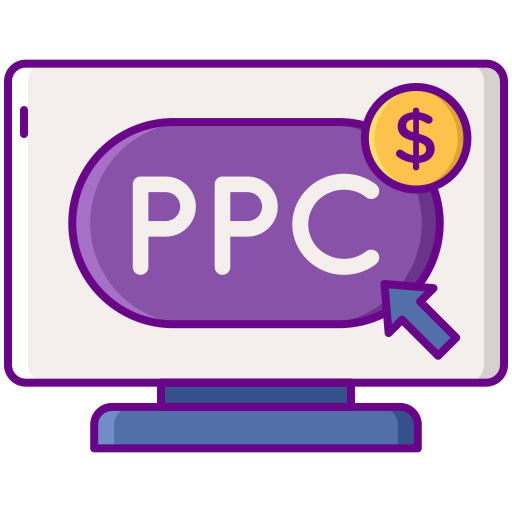
As we conclude our digital marketing series for businesses in High Point, NC, the final step is one of the most important: measuring and tracking your digital marketing success. Whether you’ve been focusing on SEO, PPC, social media, or email marketing, you need to evaluate how well your efforts are paying off. In this post, we’ll guide you through the essential process of tracking and measuring your Digital Marketing Success in High Point, NC, to ensure that your marketing strategies deliver results.
Why Measuring Digital Marketing Success Matters
Effective marketing efforts must go beyond mere execution. To truly gauge the impact of your digital marketing campaigns, it’s crucial to measure success regularly. Without tracking key metrics, it’s impossible to determine which strategies are working, which need improvement, and where your marketing dollars are being well spent. The goal is to use data to drive decisions and optimize your digital marketing campaigns for better results.
By analyzing your results, you can gain insights into your audience’s behavior, preferences, and pain points, which allows you to refine your marketing efforts and continually improve. This is why understanding the measurement process is a critical part of any digital marketing strategy, especially for businesses in High Point, NC.
Key Performance Indicators (KPIs) to Track for Digital Marketing Success
To effectively measure success, businesses must define specific Key Performance Indicators (KPIs) that align with their overall marketing goals. KPIs are measurable values that can be used to track progress toward achieving business objectives. Below are some of the most important KPIs for tracking Digital Marketing Success in High Point, NC.
1. Website Traffic
Website traffic is one of the most basic yet important KPIs to measure. The more visitors your website receives, the better chance you have at converting them into leads or customers. There are different types of traffic to consider:
- Organic Traffic: Visitors coming from search engines (Google, Bing, etc.) as a result of your SEO efforts.
- Paid Traffic: Visitors from paid advertising campaigns like Google Ads or social media ads.
- Referral Traffic: Visitors coming from other websites or blogs that link to your site.
- Direct Traffic: Visitors who type your website’s URL directly into their browser.
Tracking the volume of traffic to your site, and analyzing where it comes from, can help you identify which channels are performing the best.
2. Lead Generation and Conversions
Attracting visitors to your website is just the first step. The ultimate goal is to convert those visitors into leads and customers. Lead generation can take many forms, such as newsletter sign-ups, form submissions, or product inquiries.
The conversion rate (the percentage of website visitors who take a desired action, such as filling out a contact form or making a purchase) is a critical metric to track. High conversion rates indicate that your website is persuasive and that visitors find value in what you offer. You should also track how many of those leads eventually turn into paying customers, as this shows the ROI of your marketing efforts.
3. Customer Retention
Retaining existing customers is just as important, if not more so, than acquiring new ones. Measuring customer retention helps you determine how well your business nurtures its relationships with clients. Retention can be measured by tracking repeat purchases, subscription renewals, or engagement with your brand over time.
For example, businesses that use email marketing can measure customer retention by looking at open rates, click-through rates, and repeat engagement from previous buyers. High retention rates indicate that your marketing strategies—such as email nurturing or personalized offers—are working effectively.
4. Social Media Engagement
For businesses in High Point, NC, social media marketing plays a major role in connecting with local customers. Tracking social media engagement—likes, shares, comments, and direct messages—can provide insight into how well your audience is resonating with your content.
Social media analytics tools, such as those offered by Facebook and Instagram, provide in-depth metrics on audience interaction with your posts. Monitoring these metrics over time can help you gauge the effectiveness of your social media campaigns and identify areas for improvement.
5. Customer Acquisition Cost (CAC)
The Customer Acquisition Cost (CAC) measures how much it costs to acquire a new customer through digital marketing efforts. This includes the costs associated with ads, content creation, SEO efforts, and other marketing expenditures. Comparing your CAC to the revenue generated by the customer can help you understand the efficiency of your marketing spend.
A high CAC may indicate that you need to refine your targeting or optimize your campaigns to increase profitability. On the other hand, a low CAC with high customer lifetime value is a sign of an effective marketing strategy.
Tools for Tracking Your Digital Marketing Success
Tracking and measuring the performance of your campaigns requires using the right tools. Fortunately, there are many platforms available that make it easier to measure and analyze your digital marketing results. Here are some key tools to consider:
- Google Analytics: Google Analytics is one of the most widely used tools for tracking website traffic, behavior, conversions, and more. It provides valuable insights into how users interact with your website.
- Google Search Console: For SEO, Google Search Console helps you track your website’s visibility in search engines, monitor keywords, and analyze click-through rates.
- Social Media Insights: Platforms like Facebook, Instagram, and LinkedIn offer in-depth analytics to track engagement, follower growth, and post-performance.
- Email Marketing Platforms: Tools like Mailchimp, Constant Contact, or HubSpot help you track the performance of your email campaigns, such as open rates, click-through rates, and conversions.
Using a combination of these tools will allow you to gather data from all of your digital marketing channels in one place, enabling you to make informed decisions based on comprehensive insights.
Next Steps: Ongoing Optimization
Once you have tracked your KPIs and gathered data, the next step is to optimize your campaigns based on what you’ve learned. Digital marketing is an ongoing process, and continual improvement is key to maintaining success.
Here are a few tips for optimizing your digital marketing efforts:
- A/B Testing: Run A/B tests to compare different ad creatives, landing pages, or email subject lines. A/B testing helps you determine what resonates best with your audience.
- Refine Targeting: Use the insights from your analytics to adjust your audience targeting, whether for paid ads, social media content, or email campaigns.
- Stay Agile: Digital marketing trends evolve quickly. Stay flexible and adjust your strategies in response to changes in consumer behavior, search algorithms, or platform policies.
Want to start tracking your digital marketing success? Make sure to read our previous post on conducting a digital marketing audit for actionable steps and Ready to take your business to the next level with expert digital marketing services? Visit our Service Page to learn more about how we can help you achieve your goals.















